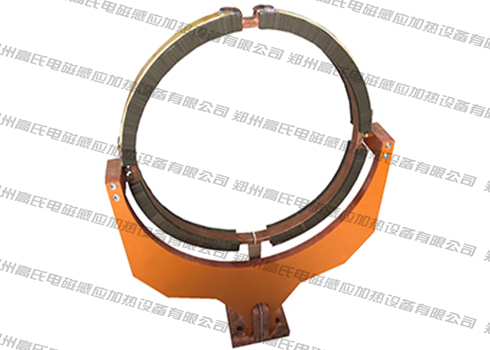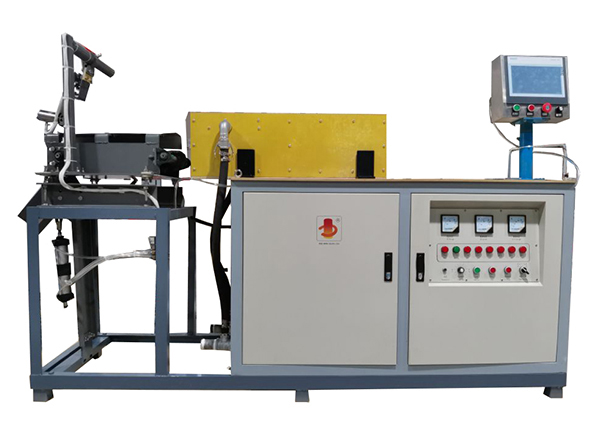
A sprocket is a wheel with cog-type sprockets designed to engage precisely pitched blocks on a chain link or cable. It is a solid or spoked gear that meshes with a (roller) chain to transmit motion. Since it is to assist in the transfer movement, the sprocket is generally required to have high hardness, wear resistance and service life. At this time, we all know that it should be quenched and heat treated. Now, many sprocket manufacturers use super-audio frequency induction hardening equipment to quench the sprockets.
The sprocket, which looks similar to the gear, has a very different heat treatment process from the gear. The sprocket is quenched by super-audio frequency induction hardening equipment. The quenching depth is generally about 2mm. The quenching speed is generally required to be relatively fast. If it is too slow, oxidation and decarburization will easily occur, which will affect the quenching quality of the sprocket. affect the operation of the entire machine. The purpose of sprocket quenching is to improve its hardness and service life. After the sprocket is quenched by super-audio frequency induction hardening equipment, there will be a thicker toughness area under the surface hard layer, which has better compressive internal stress, so that the fatigue resistance and durability of the workpiece can be improved. The breaking capacity is higher, which meets the purpose of quenching. Even better, we can install this super-audio frequency induction hardening equipment on the production line, which can save manpower, reduce transportation and improve production efficiency.
The sprocket is quenched by super-audio frequency induction hardening equipment, and its quenching depth and hardness can meet the requirements and meet the needs of the work. Even better, the ultra-audio induction hardening equipment is small in size, consumes less electricity, saves 30%-40% compared with traditional equipment, and does not require training, etc., which greatly reduces the company's cost investment.




 en
en  cn
cn  jp
jp  ko
ko  de
de  es
es  it
it  ru
ru  pt
pt  vi
vi  th
th  pl
pl 


















